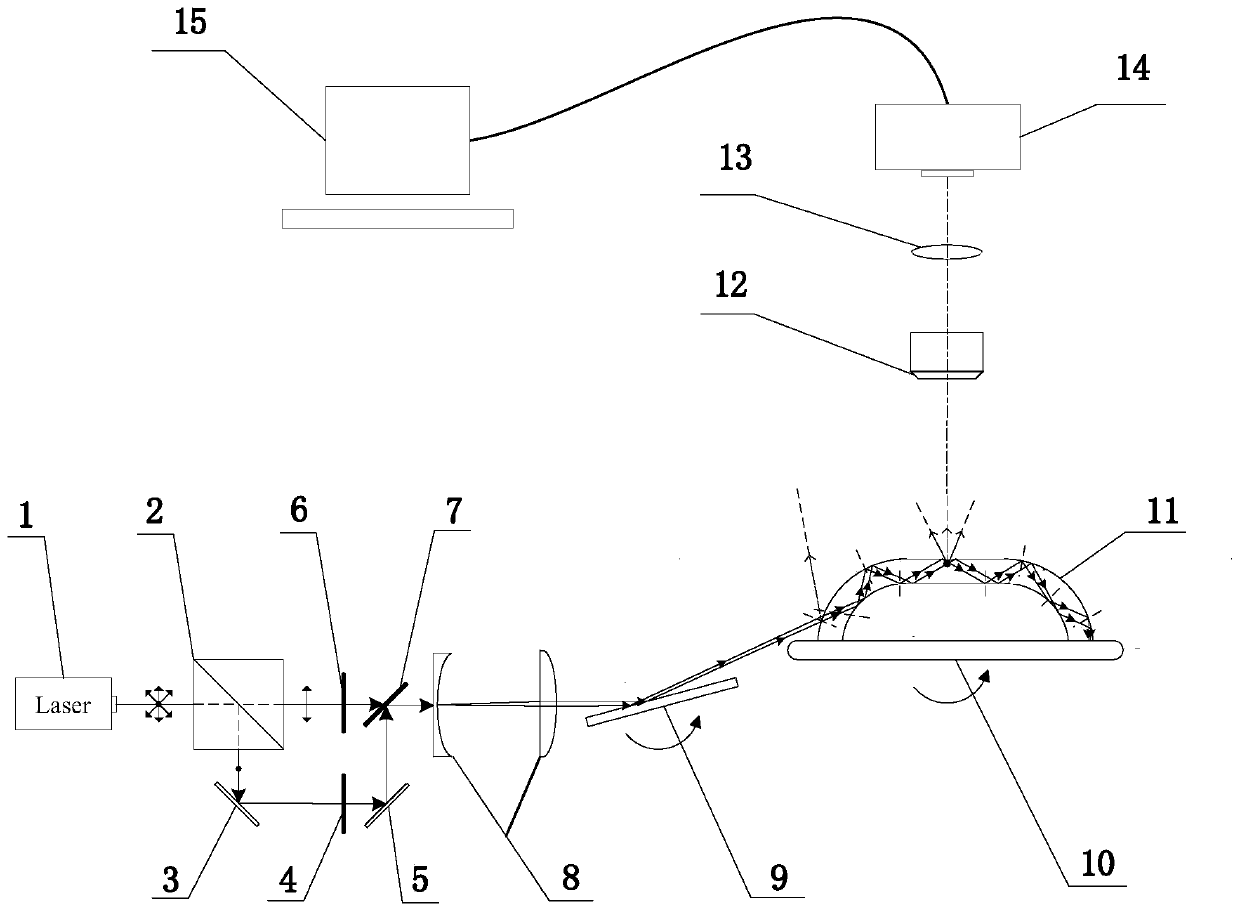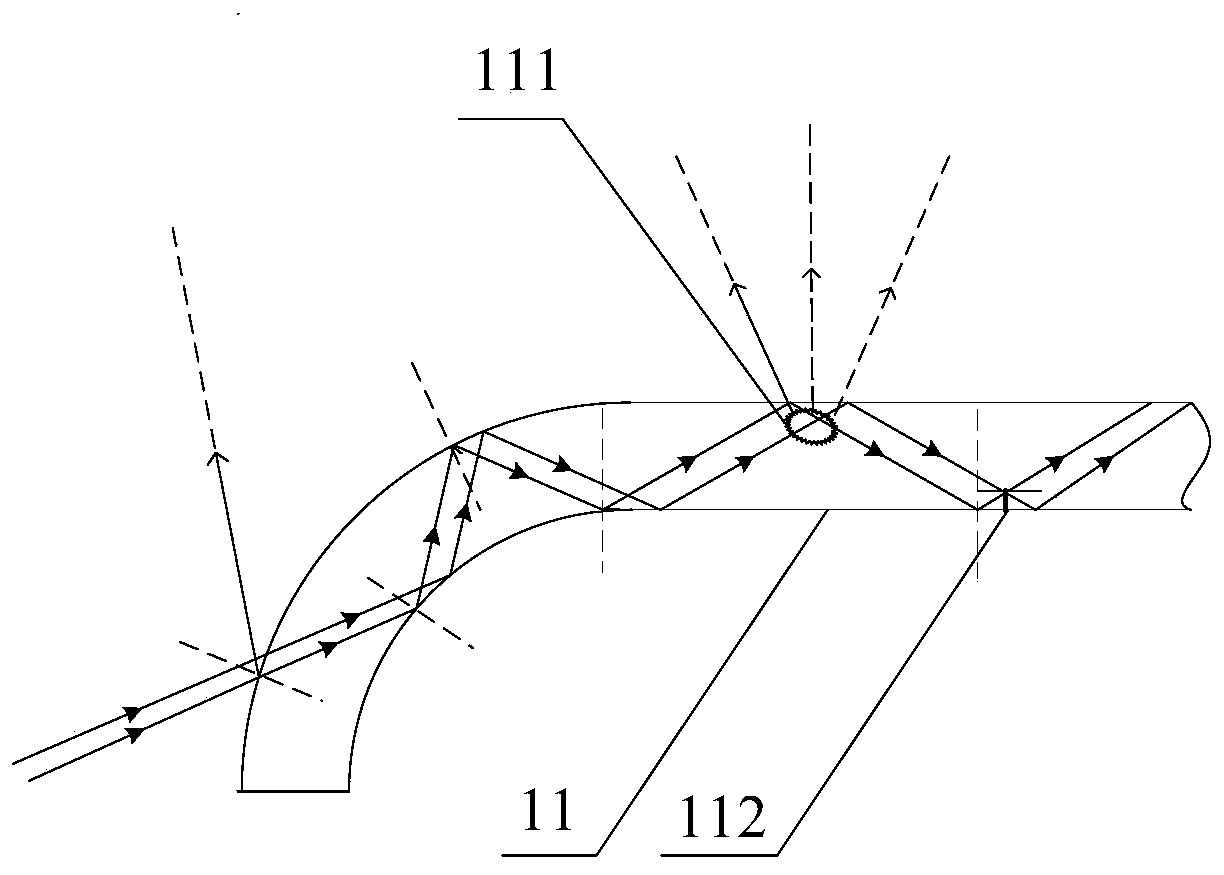Bent glass subsurface defect detection method based on dark-field illumination
A curved glass and dark-field lighting technology, applied in the field of visual inspection, can solve the problems of low efficiency and achieve the effects of improving detection efficiency, simplifying operation, and improving contrast
- Summary
- Abstract
- Description
- Claims
- Application Information
AI Technical Summary
Problems solved by technology
Method used
Image
Examples
Embodiment Construction
[0047]In order to make the object, technical solution and advantages of the present invention clearer, the present invention will be further described in detail below in conjunction with the accompanying drawings and embodiments. It should be understood that the specific embodiments described here are only used to explain the present invention, not to limit the present invention. In addition, the technical features involved in the various embodiments of the present invention described below can be combined with each other as long as they do not constitute conflicts with each other.
[0048] The present invention provides a method for detecting subsurface defects of curved glass based on dark-field illumination, such as figure 1 As shown, the laser light source 1 emits a beam of laser light, which is vertically incident on the front light-passing surface of the polarizing beam splitter 2. After passing through the polarizing beam splitter 2, it is divided into two beams of P wa...
PUM
 Login to View More
Login to View More Abstract
Description
Claims
Application Information
 Login to View More
Login to View More - R&D
- Intellectual Property
- Life Sciences
- Materials
- Tech Scout
- Unparalleled Data Quality
- Higher Quality Content
- 60% Fewer Hallucinations
Browse by: Latest US Patents, China's latest patents, Technical Efficacy Thesaurus, Application Domain, Technology Topic, Popular Technical Reports.
© 2025 PatSnap. All rights reserved.Legal|Privacy policy|Modern Slavery Act Transparency Statement|Sitemap|About US| Contact US: help@patsnap.com



